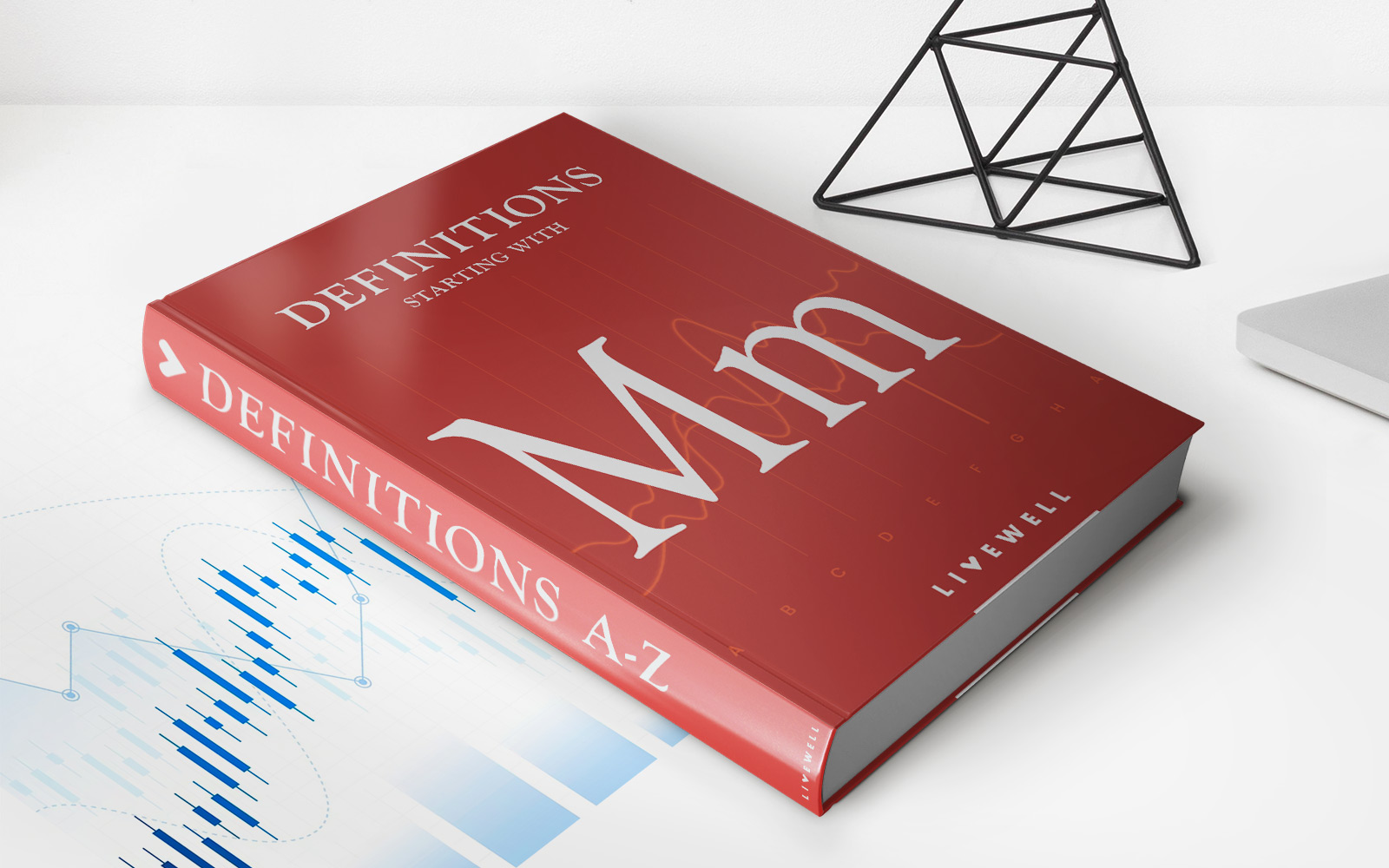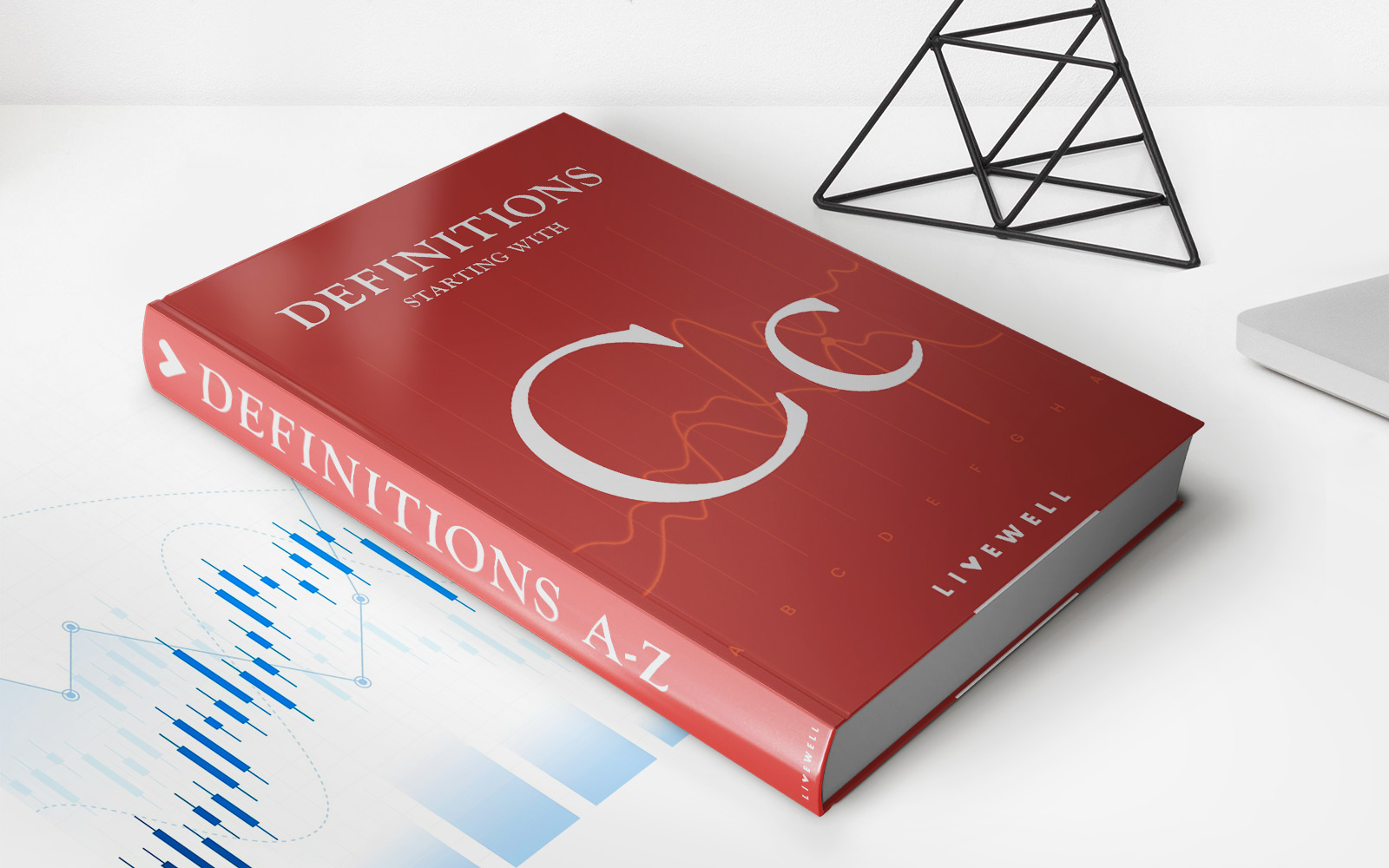Home>Finance>How Long Is The Grace Period For Direct Loans And FFEL Program Loans?


Finance
How Long Is The Grace Period For Direct Loans And FFEL Program Loans?
Published: February 17, 2024
Learn about the grace period for Direct Loans and FFEL Program Loans. Understand the implications for your finances and repayment schedule. Find out more here.
(Many of the links in this article redirect to a specific reviewed product. Your purchase of these products through affiliate links helps to generate commission for LiveWell, at no extra cost. Learn more)
Table of Contents
- Understanding Grace Periods for Direct Loans and FFEL Program Loans
- Understanding Grace Periods for Direct Loans and FFEL Program Loans
- Length of Grace Period for Direct Loans
- Length of Grace Period for FFEL Program Loans
- Differences Between Grace Periods for Direct Loans and FFEL Program Loans
- Conclusion
Introduction
Understanding Grace Periods for Direct Loans and FFEL Program Loans
When it comes to student loans, understanding the ins and outs of repayment can be a daunting task. However, one crucial aspect to grasp is the concept of the grace period. This period serves as a transitional phase for borrowers, providing them with a window of time after leaving school before they are required to commence repayment on their loans. Both Direct Loans and Federal Family Education Loan (FFEL) Program Loans offer grace periods, but it's essential to comprehend the specific details and differences between the two.
During this grace period, borrowers have the opportunity to get their finances in order, secure employment, and make the necessary arrangements to start repaying their loans. It's a valuable breathing space that can help ease the transition from student life to the responsibilities of loan repayment. In this article, we will delve into the specifics of the grace periods for Direct Loans and FFEL Program Loans, shedding light on their respective lengths and unique attributes. Understanding these nuances is crucial for anyone navigating the terrain of student loan repayment, and it can pave the way for informed financial decisions. Let's explore the intricacies of these grace periods and gain a comprehensive understanding of their implications for borrowers.
Understanding Grace Periods for Direct Loans and FFEL Program Loans
Before delving into the specifics of the grace periods for Direct Loans and FFEL Program Loans, it’s important to grasp the fundamental purpose of these provisions. The grace period offers borrowers a transitional phase after completing their education or dropping below half-time enrollment. During this period, which typically lasts six to nine months, borrowers are not required to make payments on their loans. This breathing space allows individuals to focus on securing employment and establishing a stable financial foundation before they commence repayment.
Direct Loans are federal loans provided by the U.S. Department of Education, while FFEL Program Loans were offered by private lenders and backed by the federal government. Although the FFEL Program was discontinued in 2010, existing loans are still subject to its terms and conditions, including the grace period. Understanding the nuances of these grace periods is essential for borrowers to effectively manage their repayment obligations and avoid default.
Both Direct Loans and FFEL Program Loans offer grace periods, but the length and specific conditions may vary. By gaining a comprehensive understanding of these grace periods, borrowers can make informed decisions and develop a strategic approach to loan repayment. In the following sections, we will explore the length of the grace period for each loan type, highlighting the key differences and implications for borrowers. By shedding light on these critical details, we aim to empower individuals to navigate the terrain of student loan repayment with confidence and clarity.
Length of Grace Period for Direct Loans
For Direct Loans, the grace period typically lasts for six months. This means that after a borrower graduates, leaves school, or drops below half-time enrollment, they have six months before they are required to commence repayment on their loans. During this period, interest may accrue on the loan, depending on the loan type.
It’s important to note that the six-month grace period is a standard provision for most Direct Loans, including Direct Subsidized Loans, Direct Unsubsidized Loans, and Direct PLUS Loans. However, there are exceptions, such as Direct Consolidation Loans, which may have varying terms and conditions regarding the grace period. Borrowers should consult their loan servicer or the official resources provided by the U.S. Department of Education to obtain specific details about their grace period and repayment obligations.
During the grace period, borrowers have the opportunity to explore various repayment plans and get their finances in order. This phase serves as a crucial transition period, allowing individuals to secure employment and establish a stable financial foundation before they begin making regular loan payments. It’s important for borrowers to use this time wisely and consider their options for loan repayment, including income-driven repayment plans, deferment, or forbearance, based on their financial circumstances.
Understanding the length of the grace period for Direct Loans is essential for borrowers to plan and prepare for the upcoming phase of loan repayment. By leveraging this six-month window effectively, individuals can make informed decisions about their financial future and set the stage for responsible and manageable loan repayment.
Length of Grace Period for FFEL Program Loans
For FFEL Program Loans, the grace period also typically lasts for six months. Similar to Direct Loans, this grace period provides borrowers with a buffer of six months after graduating, leaving school, or dropping below half-time enrollment before they are required to commence repayment on their loans. During this period, interest may accrue on the loan, depending on the specific terms and conditions of the loan agreement.
It’s important to note that the six-month grace period is a standard provision for most FFEL Program Loans, offering borrowers a transitional phase to prepare for the responsibilities of loan repayment. However, as the FFEL Program was discontinued in 2010, existing borrowers should verify the specific details of their grace period and repayment terms with their loan servicer or the official resources provided by the U.S. Department of Education.
Similar to Direct Loans, the grace period for FFEL Program Loans presents an opportunity for borrowers to explore various repayment options and make informed decisions about their financial future. This phase allows individuals to focus on securing employment, evaluating their financial situation, and determining the most suitable repayment plan based on their circumstances.
By understanding the length of the grace period for FFEL Program Loans, borrowers can effectively plan for the transition to loan repayment and take proactive steps to manage their financial obligations responsibly. Leveraging this six-month window wisely can empower individuals to navigate the terrain of student loan repayment with confidence and clarity, setting the stage for a sustainable and manageable repayment journey.
Differences Between Grace Periods for Direct Loans and FFEL Program Loans
While both Direct Loans and FFEL Program Loans offer a grace period of six months, there are notable differences between the two loan types that borrowers should consider. Understanding these distinctions can have implications for loan repayment and financial planning.
- Loan Origin: One of the primary differences lies in the origin of the loans. Direct Loans are provided directly by the U.S. Department of Education, while FFEL Program Loans were offered by private lenders and backed by the federal government. Although the FFEL Program has been discontinued, existing loans are still subject to its terms and conditions.
- Interest Accrual: During the grace period, interest accrual on Direct Subsidized Loans is typically covered by the government, meaning that borrowers are not responsible for the interest that accrues during this period. In contrast, interest on FFEL Program Loans may accrue and become the borrower’s responsibility during the grace period, depending on the specific terms of the loan.
- Repayment Options: While both types of loans offer a variety of repayment plans, including income-driven options, borrowers should be aware of the specific options available for each loan type. Direct Loans and FFEL Program Loans may have differing terms for income-driven repayment plans and other repayment options, impacting the borrower’s ability to tailor their repayment strategy based on their financial circumstances.
- Loan Servicing: Direct Loans are serviced by loan servicers assigned by the U.S. Department of Education, while FFEL Program Loans may be serviced by various private entities. Borrowers should be aware of the differences in loan servicing for each type of loan and understand the implications for communication, account management, and access to repayment resources.
By recognizing these differences, borrowers can make informed decisions about their loan repayment strategy, explore the available options for managing their loans, and plan for a smooth transition to the repayment phase. It’s essential for individuals with student loans to stay informed about the specific terms and conditions of their loans, leverage available resources for financial guidance, and take proactive steps to manage their repayment obligations effectively.
Conclusion
In conclusion, understanding the grace periods for Direct Loans and FFEL Program Loans is a crucial aspect of managing student loan repayment effectively. The grace period serves as a valuable transition phase, providing borrowers with a window of time to prepare for the responsibilities of loan repayment after completing their education or dropping below half-time enrollment.
By delving into the specifics of the grace periods for these loan types, borrowers can gain clarity on the length of the grace period, interest accrual, and available repayment options. For both Direct Loans and FFEL Program Loans, the standard grace period lasts for six months, offering individuals an opportunity to secure employment, assess their financial situation, and explore suitable repayment plans based on their circumstances.
While there are similarities in the grace periods for both loan types, such as the six-month duration, there are also notable differences that borrowers should consider. These differences encompass the origin of the loans, interest accrual during the grace period, available repayment options, and loan servicing. Understanding these distinctions can empower borrowers to make informed decisions about their loan repayment strategy and take proactive steps to manage their financial obligations responsibly.
Ultimately, the grace period serves as a pivotal phase for borrowers to lay the groundwork for successful loan repayment. It’s essential for individuals with student loans to leverage this time wisely, explore the resources available for financial guidance, and develop a strategic approach to managing their loans. By staying informed about the terms and conditions of their loans and taking advantage of available repayment options, borrowers can navigate the terrain of student loan repayment with confidence and set the stage for a sustainable and manageable repayment journey.
In essence, the grace period is not only a respite from immediate loan payments but also an opportunity for borrowers to chart a course towards financial stability and responsible loan management. By embracing this phase with diligence and foresight, individuals can pave the way for a successful and well-informed approach to student loan repayment.














